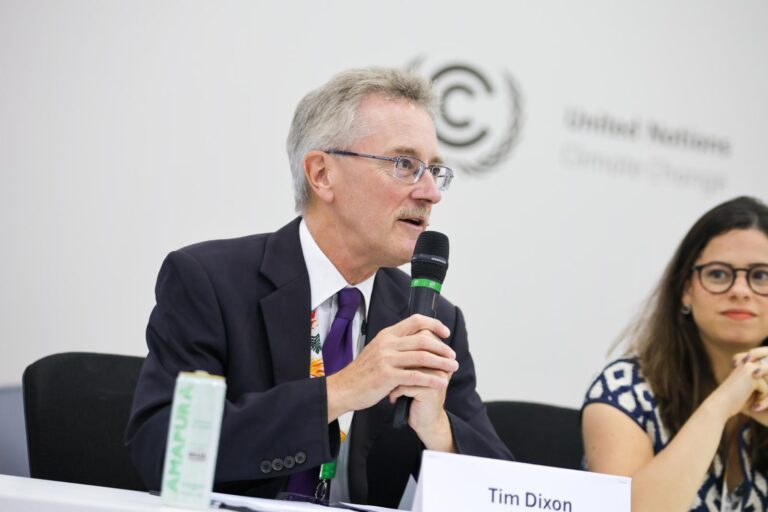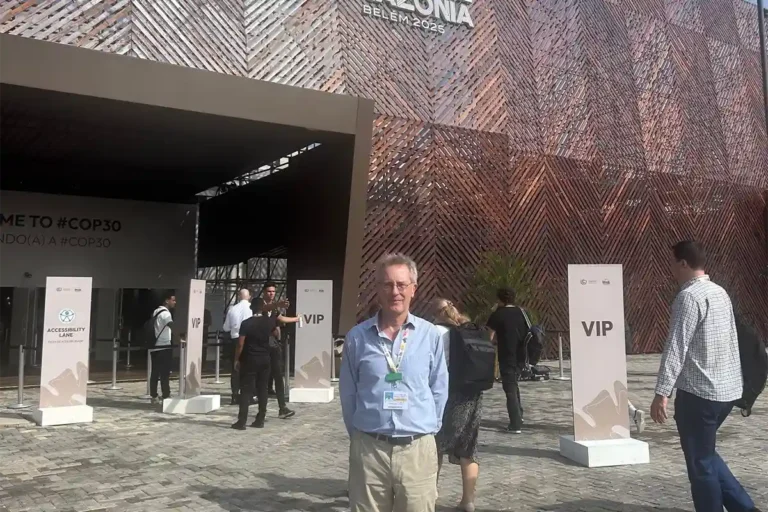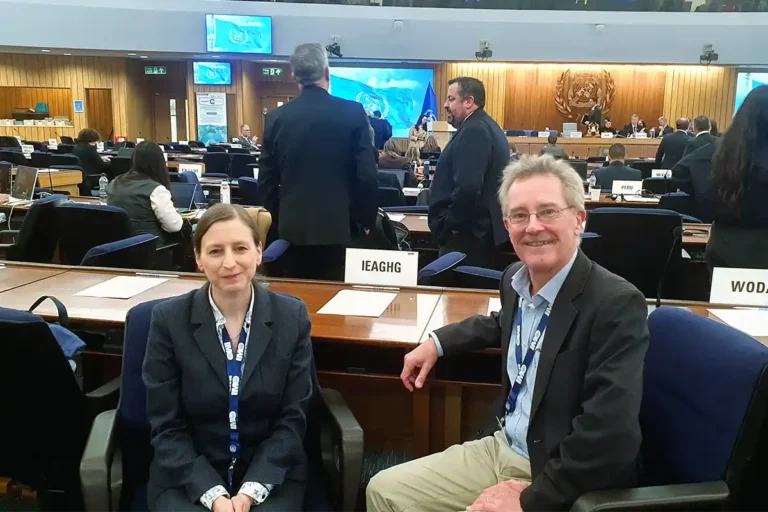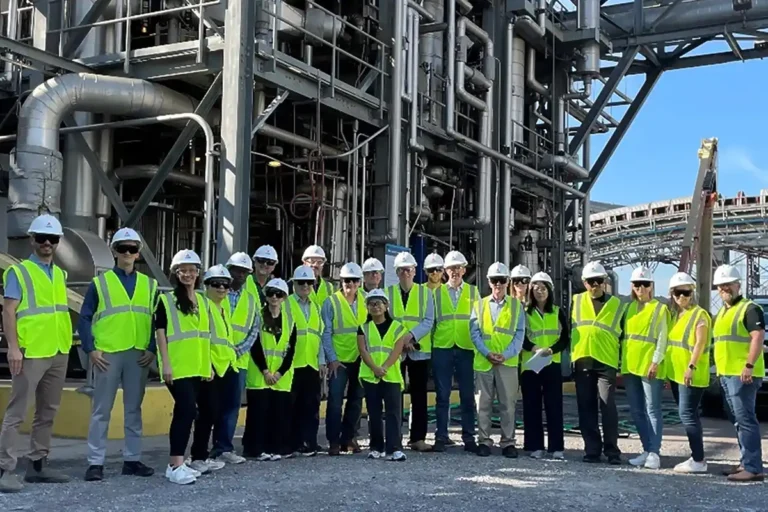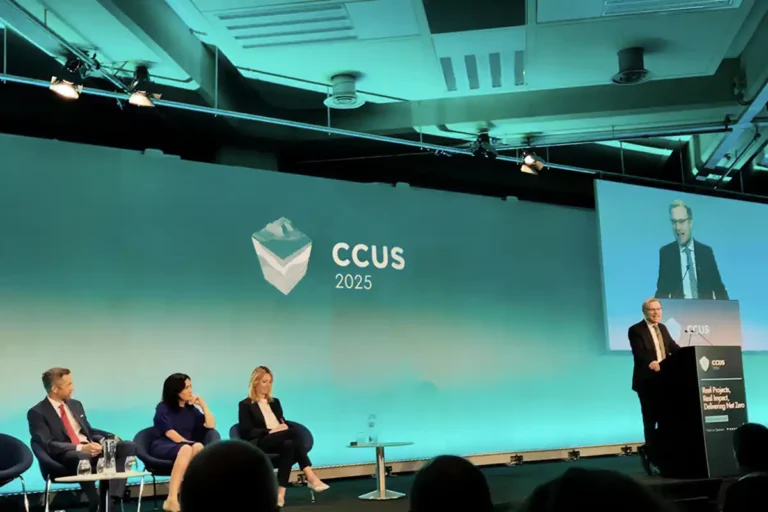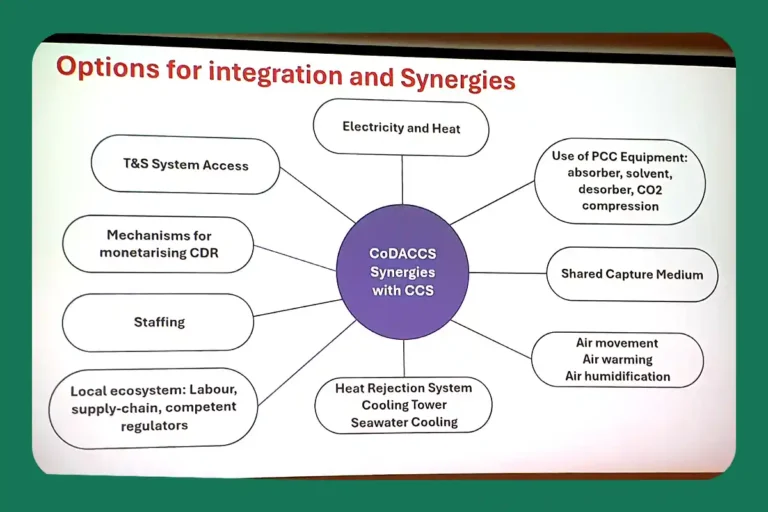
GHGT-15: Sessions 1D & 2D – Direct air capture (DAC)
19 March 2021

GHGT-15 has seen two sessions on direct air capture (DAC), which is pleasing to see and underlines the importance of the extension of GHG mitigation/reduction portfolios, triggered by a perceived ‘overreliance’ on certain options like bioenergy with carbon capture and storage (BECCS) in models and scenarios.
Gabriel Vézina presented on integrated DAC systems using wind energy together with compressed air energy storage systems (CAES) for application in remote locations in northern Canada. It was found that CAES systems are not of much interest if a diesel generator is already available. However, application can reduce CO2 emissions by more than 95% compared to the baseline case.
Ryohei Numaguchi talked about Kawasaki Heavy Industries’ efforts in developing DAC and carbon capture and utilisation (CCU) processes for a circular carbon economy. A novel amine functionalised solid sorbent with higher CO2 capacity and lower volatility was synthesised in collaboration with Waseda University and tested at bench-scale, showing promisingly low regeneration temperatures of about 60°C. GHG emissions of < 1 kgCO2eq/kgCO2 can be achieved if renewable electricity is used for the process. Agriculture was identified as an attractive option for use of the CO2.
John Young presented work on the co-adsorption of H2O and CO2 on amine functionalised solid sorbents. A deep understanding of the H2O-CO2 interactions is a key requirement for DAC process modelling and design. The work has shown that H2O strongly affects affinity and perhaps causes site blockages, which would support the carbamic acid formation mechanism, rather than the previously suggested ammonium carbamate mechanism. The novel developed isotherm model provides a good fit to the experimental data. The results will be used for DAC process optimisation.
Meng Yang showed adsorption results of wet dilute CO₂ on an amine functionalised solid sorbent. Experiments revealed that more moisture was adsorbed than CO2, which will result in higher energy consumption. High relative humidity may enhance CO₂ capacity and adsorption rate but slow down the moisture dynamics. The results indicate that multilayer adsorption, rather than capillary forces, is the dominating mechanism.
Ali Kiani presented the results of a techno-economic analysis of methane as a fuel carrier, where the methane is produced from air captured CO2, using amino-acid salts, and renewable H2. The baseline amino-acid salts DAC process has a cost of $31/GJ ($556/tCO2), which was optimised to $20/GJ ($365/tCO2). Both liquefied CH4 and liquefied H2 production had the same energy efficiency but the liquefied CH4 can be produced at lower cost ($76/GJ compared to $99/GJ). It is expected that costs for the DAC process can be further reduced through scale up.
Michel Schellevis talked about the process optimisation for a fixed bed DAC reactor using amine functionalised sorbents. A numerical model was developed and validated with experimental data. A following sensitivity analysis provided valuable insights for process optimisation: (1) effect of gas velocity on energy duty is relatively minor, (2) higher desorption temperatures (up to 120°C) are beneficial in terms of energy duty and working capacity but limited by sorbent stability, and (3) weather, i.e. temperature and humidity, has an significant effect on process performance and seasonal variations need to be taken into account during process design.
Noah McQueen presented an ambient weathering process using MgO2 for CO2 removal from air, in which MgCO3 is regenerated by calcination and then spread surrounding the plant to allow for repeated CO2 capture.Number and collection time of the carbonation plots is optimised in order to keep the calciner running continuously. Net removal costs for this process were calculated to be 43 – 159 $/tCO2, with only a very low sensitivity as to whether grid or solar electricity was used, as the main energy demand is related to the natural gas fired calciner. Further experiments and process optimisation will be carried out to refine the cost estimates.
Other articles you might be interested in
Get the latest CCS news and insights
Get essential news and updates from the CCS sector and the IEAGHG by email.
Can’t find what you are looking for?
Whatever you would like to know, our dedicated team of experts is here to help you. Just drop us an email and we will get back to you as soon as we can.
Contact Us NowOther articles you might be interested in
Get the latest CCS news and insights
Get essential news and updates from the CCS sector and the IEAGHG by email.
Can't find what you are looking for?
Whatever you would like to know, our dedicated team of experts is here to help you. Just drop us an email and we will get back to you as soon as we can.
Contact Us Now


